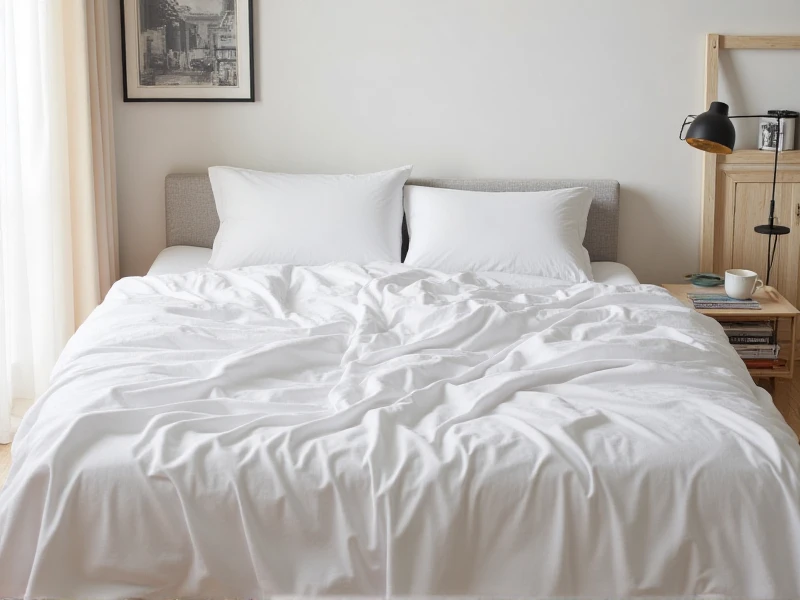The Enduring Power of Textiles: Weaving Innovation into Our Lives

For millennia, textiles have been fundamental to human civilization. Far more than just cloth, they represent a convergence of culture, technology, artistry, and utility. From the earliest hand-spun fibers to today's smart fabrics, the world of textiles is a dynamic testament to human ingenuity, continuously evolving to meet our changing needs.
Historically, textiles were markers of status, cultural identity, and regional craftsmanship. Techniques in weaving, dyeing, and embroidery were closely guarded secrets, passed down through generations. Luxurious silks, durable wools, breathable linens, and versatile cottons formed the backbone of global trade routes. These ancient fabrics weren't merely practical; they told stories through intricate patterns and symbolic colors.
The industrial revolution dramatically transformed textile production. Mechanized looms and spinning machines ushered in mass production, making clothing and household goods more accessible than ever before. However, this shift also raised concerns about labor practices and environmental impact, challenges the industry still addresses today.
Modern textile innovation is extraordinary. The focus has pivoted sharply towards sustainability and functionality:
- Sustainable Advancements: Facing environmental pressures, the sector is investing heavily in eco-friendly materials like organic cotton, recycled polyester, Tencel (from wood pulp), hemp, and innovative vegan leathers. Processes prioritize lower water consumption and reduced chemical use.
- Performance & Smart Textiles: Beyond natural fibers, synthetic materials offer incredible new properties. Think moisture-wicking athletic wear, flame-retardant protective gear, anti-bacterial medical fabrics, and even temperature-regulating textiles. Smart textiles integrate sensors, conductivity, and responsive elements, paving the way for wearable tech and health monitoring.
- Technical Applications: Textiles are crucial beyond fashion. High-strength composites reinforce aircraft and cars. Geotextiles stabilize soil for civil engineering. Specialized filtration textiles clean water and air, while advanced medical textiles aid in wound healing and surgical procedures.
Choosing the right textile today is a nuanced decision. Consumers consider factors like the fiber source (natural, synthetic, recycled), weave structure, environmental footprint, durability, comfort (breathability, softness), care requirements, and visual appeal.
The future of textiles promises further breakthroughs. Biotech researchers are developing fabrics grown from microorganisms. 3D printing enables complex textile structures previously unimaginable. Nanotechnology offers incredible potential for stain resistance, UV protection, and unique surface finishes.
The next time you touch a piece of fabric – whether it's the coziness of a woven throw, the performance of your workout gear, or the durability of a technical composite – remember the vast world it represents. Textiles remain an indispensable thread woven into the very fabric of our existence, constantly adapting and innovating to clothe, protect, comfort, and inspire humanity. How do the textiles you interact with daily enhance your life?